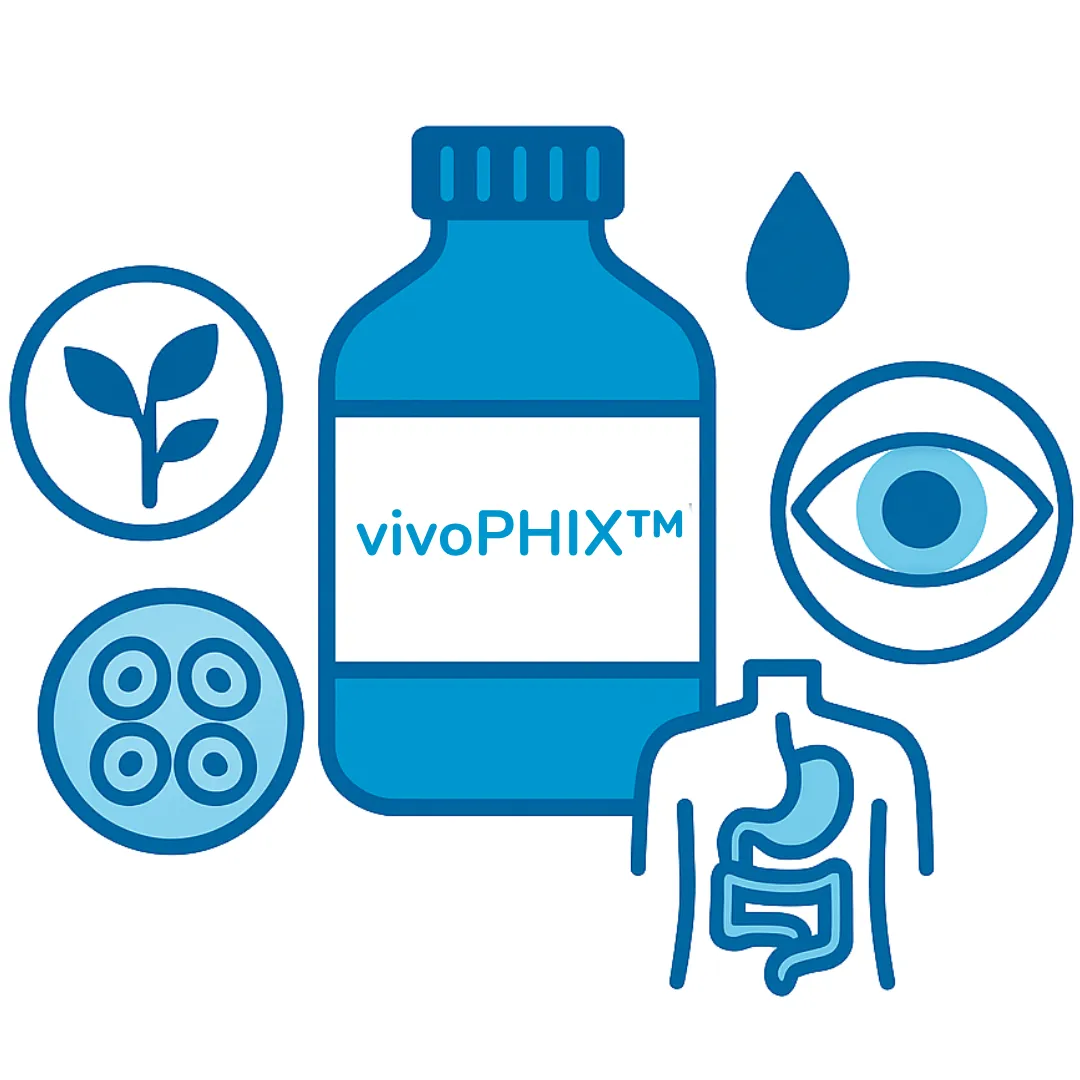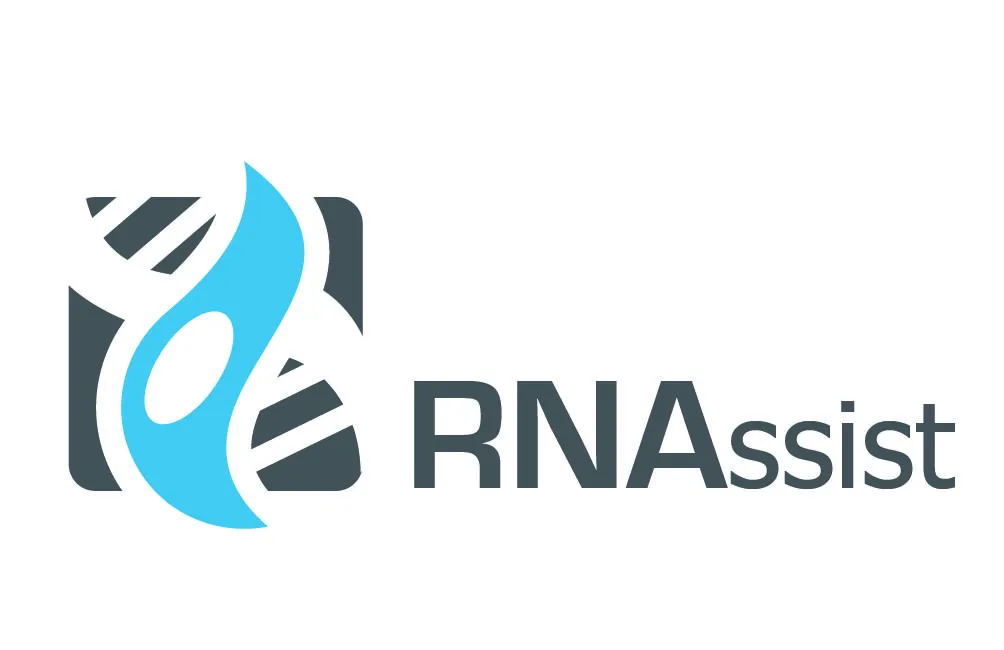
High-quality single-cell RNA-seq from insect midguts — enabled by vivoPHIX™
Single-cell RNA sequencing relies on clean, intact RNA — but most dissociation protocols for insect tissues involve enzymatic digestion and heat, both of which distort the transcriptome and degrade quality. In this newly published Bio-protocol, Barletta et al., working at NIAID in the US, present a method built around vivoPHIX™, an RNA stabilisation reagent developed by RNAssist, UK.
Instead of digesting live tissue, the protocol uses vivoPHIX™ to stabilise RNA at the point of collection. Tissues are collected and stored at room temperature, then dissociated into single cells when convenient — without transcriptional changes creeping in. The result? Cleaner single-cell suspensions, low ambient RNA, and high gene recovery rates in three key vector species: Anopheles gambiae, Aedes aegypti, and Lutzomyia longipalpis.
This approach is especially valuable for teams collecting samples over time or in field conditions. It removes the need for cold-chain logistics, allows non-enzymatic tissue dissociation, and avoids batch effects — all the while preserving the integrity of the transcriptome from start to finish.
vivoPHIX™ stabilises RNA at the point of collection — protecting transcript integrity in situations where standard reagents fall short. Whether you're working with field samples, non-model organisms, or multi-timepoint studies, it’s designed to keep your data reliable from sample to sequencing.
Download the full protocol (PDF)
Learn more about vivoPHIX™ from RNAssist

